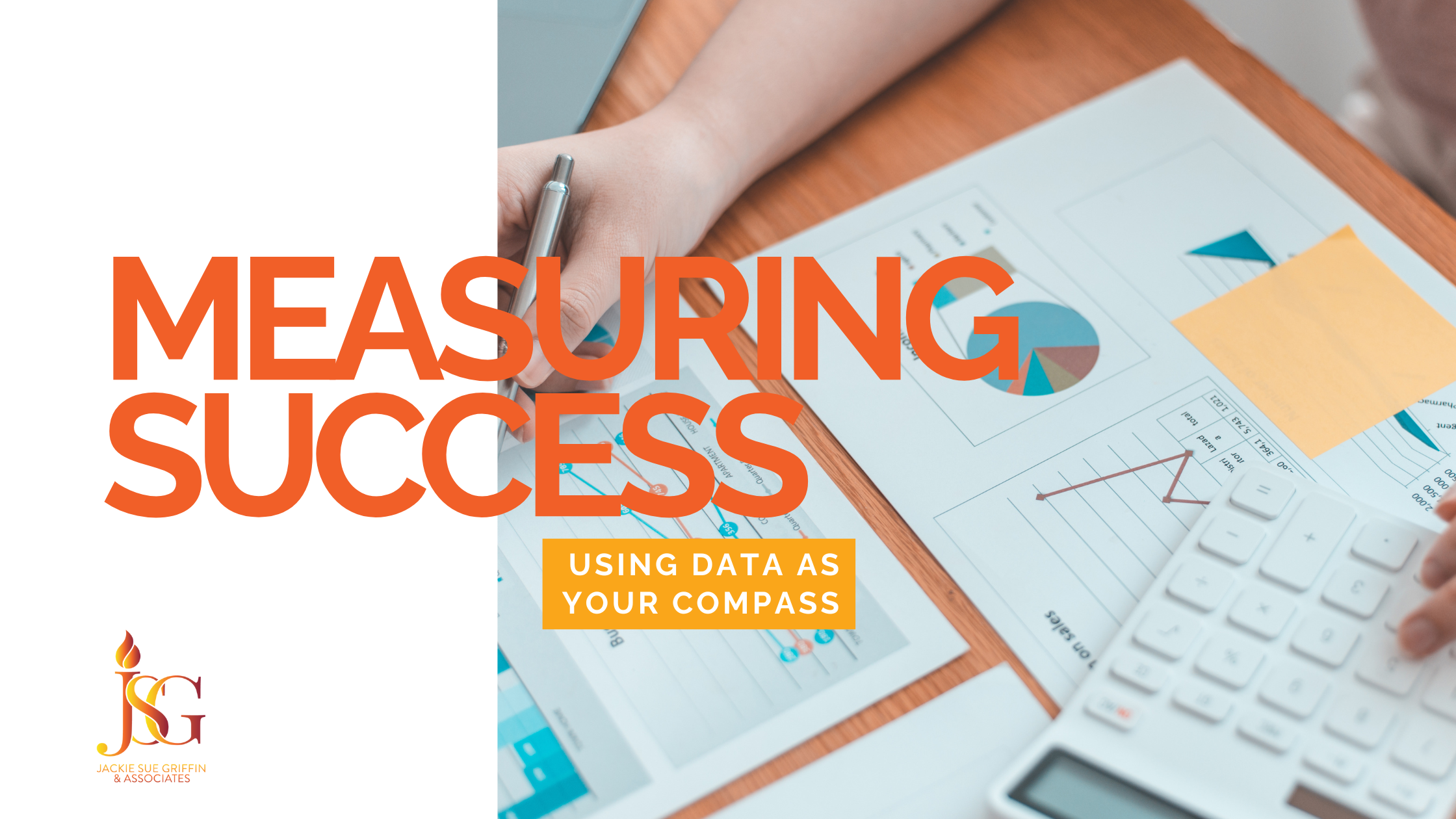
12 Sep Measuring Success: Using Data As Your Compass
While the heart of any nonprofit lies in its passion, purpose, and a deep commitment to making a difference in the community, this alone cannot sustain the organization’s growth or ensure its lasting impact. To build a resilient nonprofit that can thrive in today’s fast-paced world, it’s crucial to ground your mission in measurable success. This is where data becomes important. Data, when used effectively, can inform your strategies, validate your impact, and guide your organization towards sustainable growth. Let’s take a look.
Understanding Your Impact
The core of any nonprofit’s work is its impact. Whether your nonprofit feeds the hungry, educates the underserved, or advocates for policy change, impact is the most important part. However, to truly understand how you are helping your community, you need to track and measure it.
Gathering data allows you to quantify the results of your programs and initiatives. For example, if your nonprofit is focused on improving literacy rates in a community, data on reading levels, graduation rates, and student engagement provides a clear picture of how effective your programs are. By analyzing this data over time, you can identify trends, understand what’s working, and spot areas that need improvement.
Data also helps you tell your story in a compelling way. Donors, partners, and stakeholders are looking for evidence of impact before committing their resources. By presenting them with concrete data that shows the effectiveness of your programs, you can build trust, secure funding, and foster long-term relationships.
Make Educated Decisions
The best informed decisions are the ones made with cold, hard, facts. For nonprofits, making the right decisions can mean the difference between fulfilling your mission and falling short. Data provides the insights needed to make these critical decisions with confidence.
Data also comes in handy when deciding how to allocate resources, choosing which programs to expand, or identifying new areas of need within the community. Relying on intuition alone can be a recipe for disaster. Critically analyzing data and acting on what you learn minimizes risk and maximizes impact, all the while helping you stay agile in the face of changing circumstances.
Data Helps to Build Stronger Programs
Data can also be used as a tool for continuous improvement. Regularly reviewing data can reveal patterns and insights that may not be immediately apparent. For example, feedback from program participants might highlight gaps in service delivery or suggest new opportunities for engagement. Armed with this information, you can adjust your programs to be more inclusive, effective, and responsive to emerging needs.
Moreover, data can help you see how your nonprofit stacks up against industry standards or similar organizations. By striving for continuous improvement based on data-driven insights, you can note where there’s room for growth and elevate the quality of your programs.
Demonstrating Accountability and Transparency
Accountability and transparency are essential components of a nonprofit’s credibility. Stakeholders want to know that their contributions are making a difference and that your organization is using its resources wisely. This transparency fosters trust, strengthens relationships, and reinforces your nonprofit’s reputation as a responsible steward of resources. Funders and partners are more likely to invest in organizations that are open about their progress and willing to learn from their experiences.
Ensuring Long-Term Sustainability
Data is paramount in achieving sustainability since it helps make informed decisions that support the growth and longevity of the organization. The information you gather can help you anticipate future needs, identify potential risks, and develop strategies to navigate challenges. It also enables you to set realistic goals, track your progress, and celebrate milestones along the way.
In the journey to fulfill your nonprofit’s mission, data serves as a compass, guiding your organization through both calm and stormy seas. It provides the clarity needed to understand your impact, make informed decisions, and continuously improve your programs. By embracing data, you ensure that your nonprofit remains adaptable, accountable, and sustainable—positioned to make a lasting difference in the lives of those you serve.

No Comments